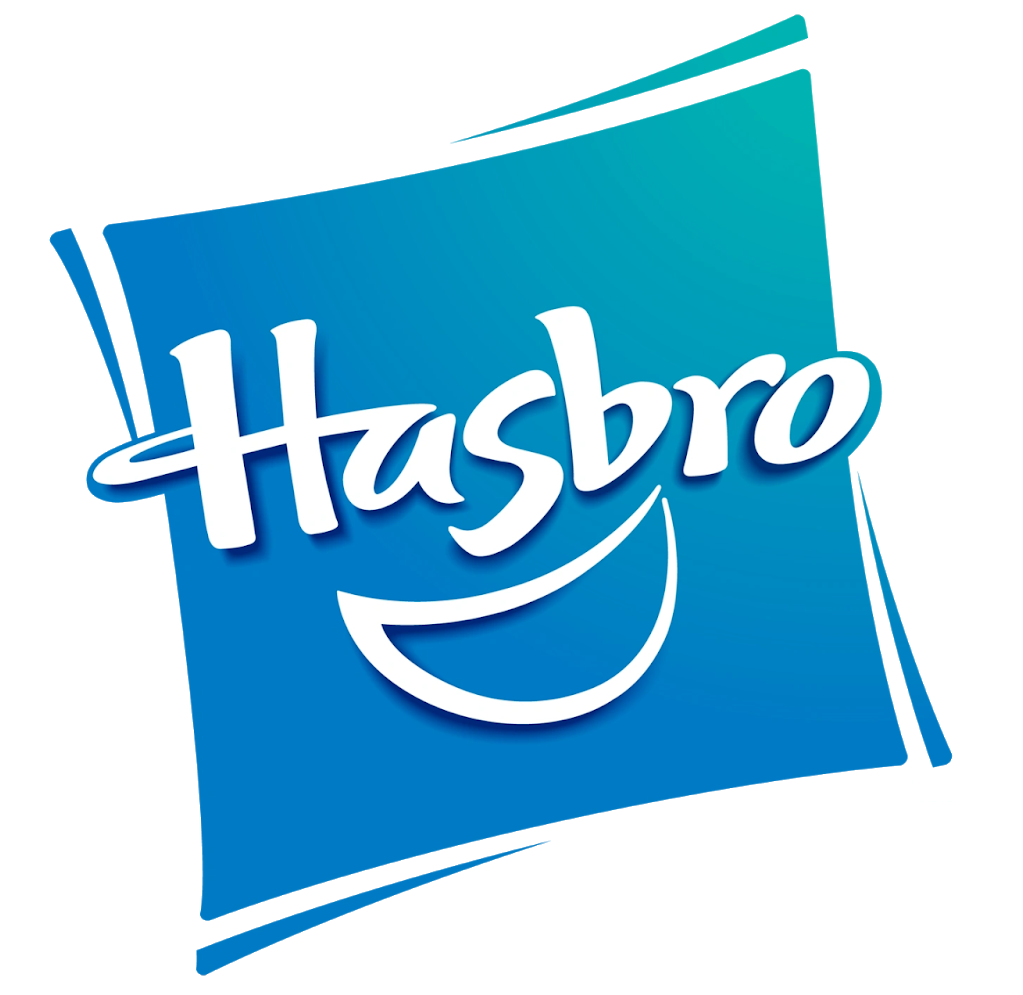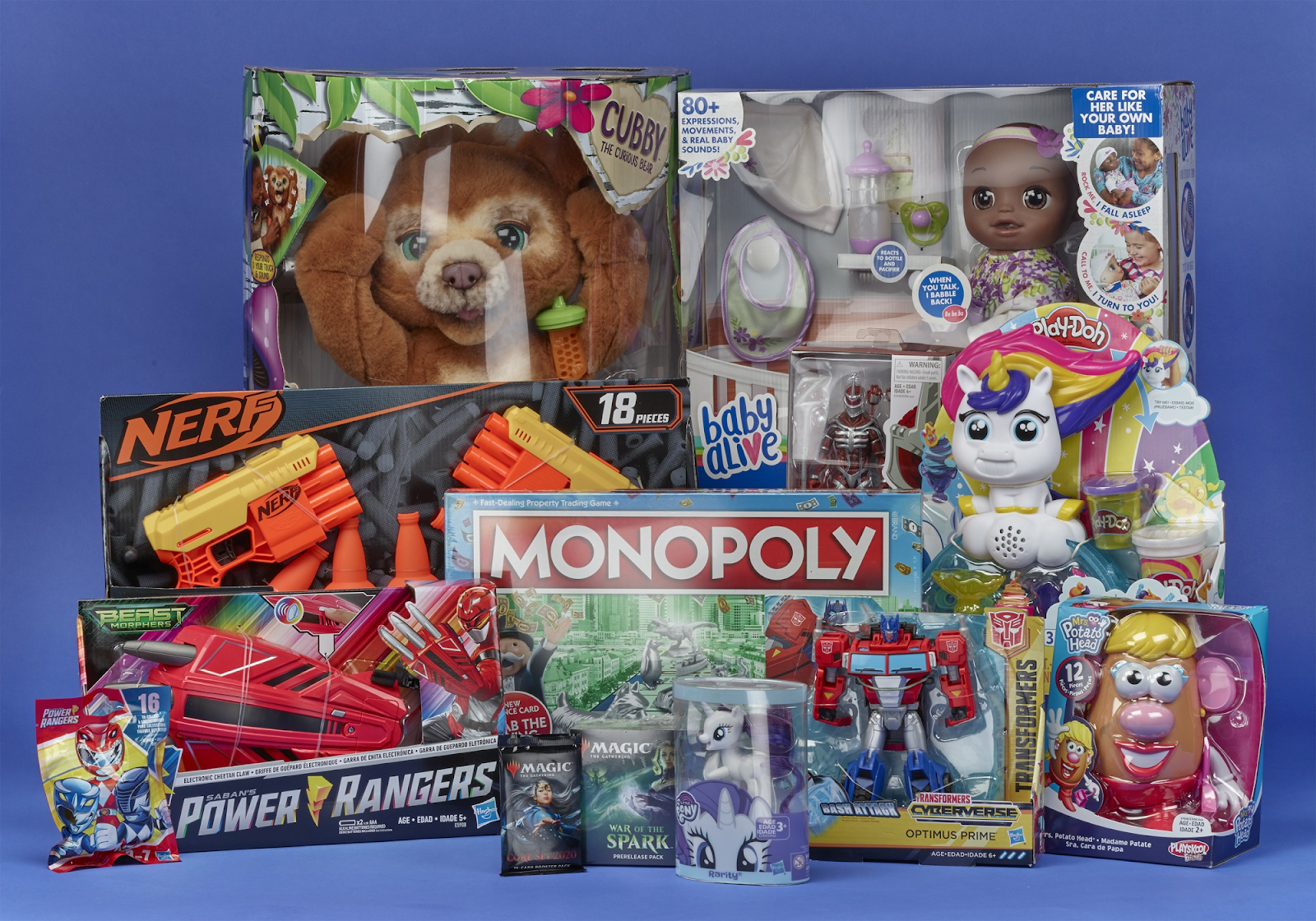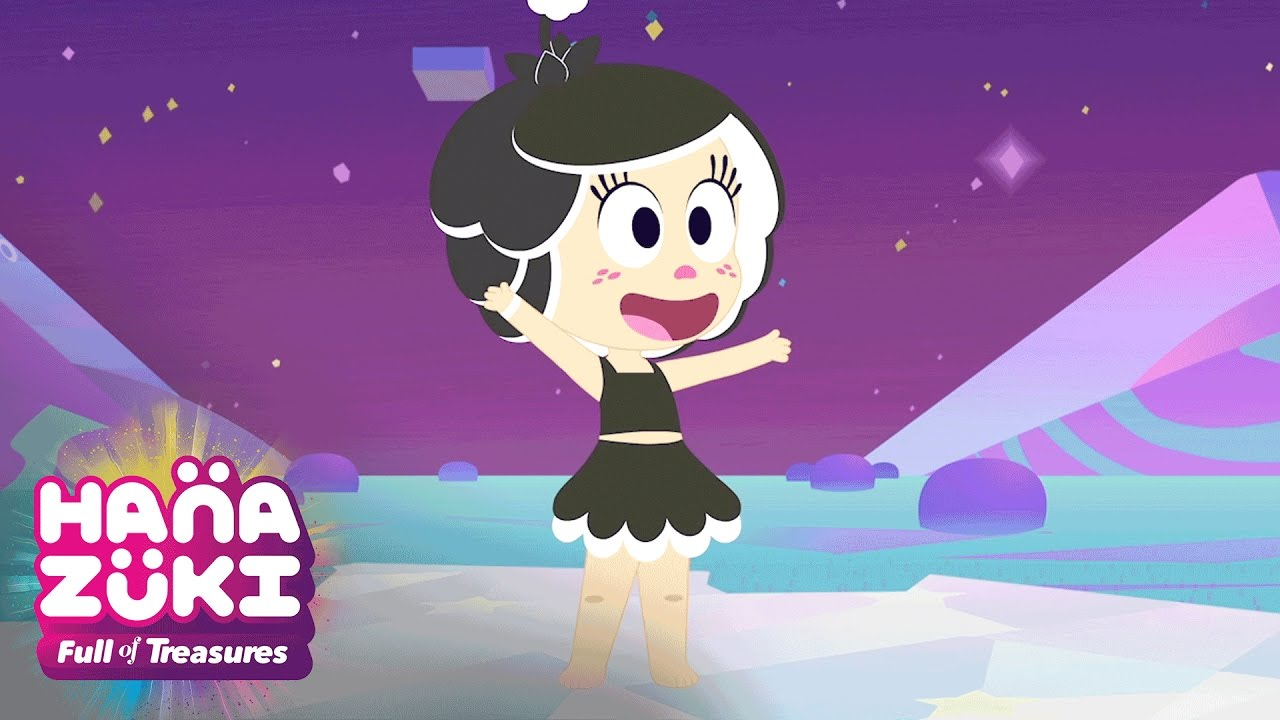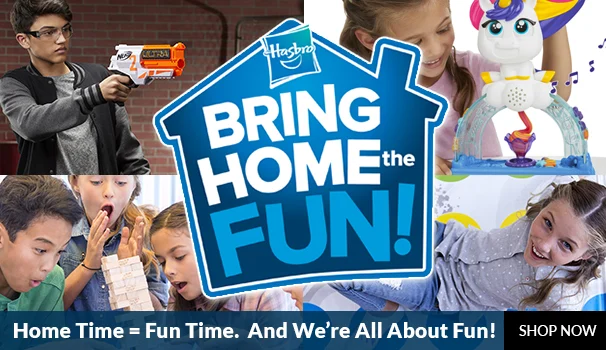Stuck inside the house? Don’t worry! Make home time a fun time with this company’s all-about-fun strategy! [Monday: Marketing Marvels]

These days, businesses can’t simply tell consumers:
“To engage with our brand, you have to be in your living room every Monday, watching TV at exactly 2:00 p.m.”
There’s a lot more to the business landscape now!
Given that different streaming platforms are on the rise, people watch whatever shows they want―whenever they want.
So… how should brands respond to such change?
One way is to be where their target market is―and let them watch shows based on their preferences in time, day, platform, etc.!
Here’s one company that seems to do well in this field:
Hasbro!

Hasbro, Inc. is an American multinational conglomerate headquartered in Rhode Island. Among its popular toy products are:
- Transformers
- G.I. Joe
- Power Rangers
- Rom the Space Knight
- Micronauts
- Play-Doh
- Monopoly
- Furby
- Nerf
- Twister
- My Little Pony

Aside from toys, the company also has TV shows such as “Family Game Night” on the Discovery Family network and “My Little Pony Tales” on The Disney Channel.
With a wide range of entertainment products, what’s one of the marvellous things the company does right in its marketing strategy?
It’s good at staying close to where consumers are!
In fact, in 2017, Hasbro followed its target audience online by creating a digital-only YouTube series to launch a brand.
Think of it as Netflix Originals but from a different company and on a different platform!
According to the company’s Senior Vice President of Global Digital Marketing, Victor Lee:
“We took a big step this year at Hasbro. We broke out of our old branding mold and brought our new lifestyle brand, Hanazuki, to life digitally on our YouTube channel instead of on TV.”
In case you’re not aware, Hanazuki is an animated series for kids. It’s set in a fictional galaxy that has a lot of moons and follows the life of Hanazuki, a childlike Moonflower who uses her emotion-based powers to protect her home from a dark force called the “Big Bad.”

To optimize Hanazuki’s reach, Hasbro published the series with premium placement on the YouTube Kids app and then used TrueView campaigns to connect with parents on the main YouTube app.
[TrueView: An ad feature on Google built on the premise that you’ll only pay when someone chooses to watch your video.]
Launching a new show without using TV was new for Hasbro. Despite the difficulties in adjusting to the platform, the company was able to prove that it is committed to be where consumers are and continually create open dialogues with them.
Curious about how Hasbro survived the shift from a traditional viewing model to a new one?
These were the principles that guided the company’s video content and promotion strategy:
-
Being strategic about timing and volume.
Because Hanazuki is a Moonflower (a childlike being who dwells on a moon), Hasbro deliberately launched the show during the first full moon of 2017.
… and when there’s new content for the series, the company made sure it’s launched on a full moon too!
Hasbro also released episodes in batches so viewers could choose how they watch the show. Some watched one 11-minute episode at a time, while others binge-watched right away.
By doing so, the company was able to keep Hanazuki’s engagement rates high and give viewers anytime access to the episodes.
-
Tailoring content promotion on YouTube.
Hasbro built the Hanazuki story based on the platform where it was launched (YouTube) and the audience that’s there.
As stated by Victor Lee, the company saw good results in context-tailored content. That was why Hasbro made sure the series’ ads were especially made for YouTube viewers―just like the series itself!
That meant the company analyzed specific viewing behaviors on the video streaming platform and used bumper ads, TrueView Discovery, and TrueView In-Stream ads to cater to different viewer contexts.
-
Optimizing ads for engagement, not just reach.
Hasbro looked at engagement KPIs (key performance indicators)―shares and comments―as proxy for attention.
After test running the 30-second trailer for Hanazuki on YouTube, the video editing team quickly made edits to reflect viewers’ preferences based on analytics.
The changes included adding music to certain parts of the trailer, enhancing CTA (call-to-action) overlays, and incorporating subtle brandings in the first 5 seconds of the video.
When Hasbro saw viewers positively commenting, subscribing, and sharing Hanazuki videos, the company knew its strategy was starting to take effect.
“Supporting Indoor Family Activities with New Online Resources”
Aside from utilizing YouTube to increase engagement with consumers, Hasbro also created a new content marketing program for families looking for things to do at home during the COVID-19 pandemic.
That program is called…
The “Bring Home the Fun” website!

The website features fun games and activities for kids, as well as suggestions for school projects that include the use of Hasbro toys like Play-Doh crafts and trick shot challenges for Nerf gun blasters.
Through the platform, the company also provides parents with mindfulness videos and parenting articles about teaching children the value of gratitude and purpose.
What’s more?
Hasbro encouraged tech-savvy parents to use the hashtag, #BringHomeTheFun in posting tips for at-home activities on social media!
There’s also a video that shows how Hasbro employees―who are parents themselves―are juggling working remotely and homeschooling their kids.

These people acknowledge the fears and uncertainties driven by the pandemic but at the same time, emphasize some benefits like being home to witness a child’s development journey.
Well, that’s one good silver lining after all… even for Hasbro!
According to an article from the digital marketing website, Marketing Dive, the company is well-positioned to meet changing consumer needs during the pandemic.
Why is that so?
It’s because with people putting off pricey entertainment like going to Disneyland, relatively inexpensive toys that keep children entertained at home are an attractive purchase for many parents during these times.
Now that’s a really good opportunity for Hasbro to position itself as a brand that helps consumers, especially parents and their children, go through a tough and challenging time by providing them with “the best play experiences” at home.
In the past five years, Hasbro, Inc. has recorded revenues of:
- USD 5.0 billion in 2016
- USD 5.2 billion in 2017
- USD 4.6 billion in 2018
- USD 4.7 billion in 2019
- USD 5.5 billion in 2020
Being able to record higher revenues in 2020 shows how the company’s strategies are effective in reaching out to consumers around the world.
Hasbro, Inc.’s Earning Power: Valens Research vs. As-reported numbers
Hasbro, Inc. (HAS:USA) makes for a great case study that we come back to regularly. One great reason?
The company has proven itself to be a better earning power generator than investors might think.
So, how well has HAS been growing its business in the past years?
The research doesn’t lie—nor do the results. Earning power (the blue bars) continues to show results higher on average than what traditional databases show.

The blue bars in the chart above represent HAS’ earning power (Uniform Return On Assets). HAS has seen generally robust profitability. Its Uniform ROA ranged from 16% to 25% in the past sixteen years, or an average of 21%. Uniform ROA is at 16% in 2020.
The global ROA is just 6%.
The orange bars are the company’s as-reported financial information. If you relied on these numbers, you will see a company with understated profitability. As-reported ROA (return on assets, a measure of earning power) only ranged from 5% to 11% in the past sixteen years. Its ROA in 2020 was only at 5%, which is just a third of its Uniform ROA in 2020.
That’s what you’ll see in Yahoo Finance, Google Finance, and most other databases.
The company’s stock price also performed better than the rest of the stock market over the decade, which we can see in the blue line in the chart below. Its returns have been well above the market.

The numbers show that HAS has been doing well and making a profit.
By moving away from tradition and keeping up with the changes in the business landscape, Hasbro learned to:
- Adjust to audience’s viewing behaviors
- Tailor its products’ stories to the platform where they are told
- Plan beyond reach for consumer attention and engagement
According to Global Digital Marketing SVP, Victor Lee, the overarching thread of these lessons is nothing new: the importance of listening to consumers.
For him, brands are no longer telling consumers what brands are. Nowadays, consumers are the ones telling brands what they are.
How does Hasbro respond to that?
By using people’s feedback to give them the best stories and play experiences―whenever and wherever!
About The Dynamic Marketing Communiqué’s
“Monday Marketing Marvels”
Too often, industry experts and the marketing press sing the praises of some company’s marketing strategy.
…Only for the audience to later find out that their product was a flop, or worse, that the company went bankrupt.
The true ROI in marketing can’t be separated from the business as a whole.
What good is a marketing case study if one can’t prove that the company’s efforts actually paid off?
At the end of the day, either the entire business is successful or it isn’t. And the role of marketing is always paramount to that success.
Every Monday, we publish a case study that highlights the world’s greatest marketing strategies.
However, the difference between our case studies and the numerous ones out there, is that we will always make certain that the firm really did generate and demonstrate earning power worthy of study in the first place (compliments of Valens Research’s finance group).
By looking at the true earnings of a company, we can now rely on those successful businesses to get tips and insights on what they did right.
We’ll also study the greatest marketing fails and analyze what they did wrong, or what they needed to improve on. We all make our mistakes, but better we learn from others’ mistakes—and earlier, rather than later.
Hope you found this week’s marketing marvel interesting and helpful.
Stay tuned for next week’s Monday Marketing Marvels!
Cheers,
Kyle Yu
Head of Marketing
Valens Dynamic Marketing Capabilities
Powered by Valens Research
www.valens-research.com




